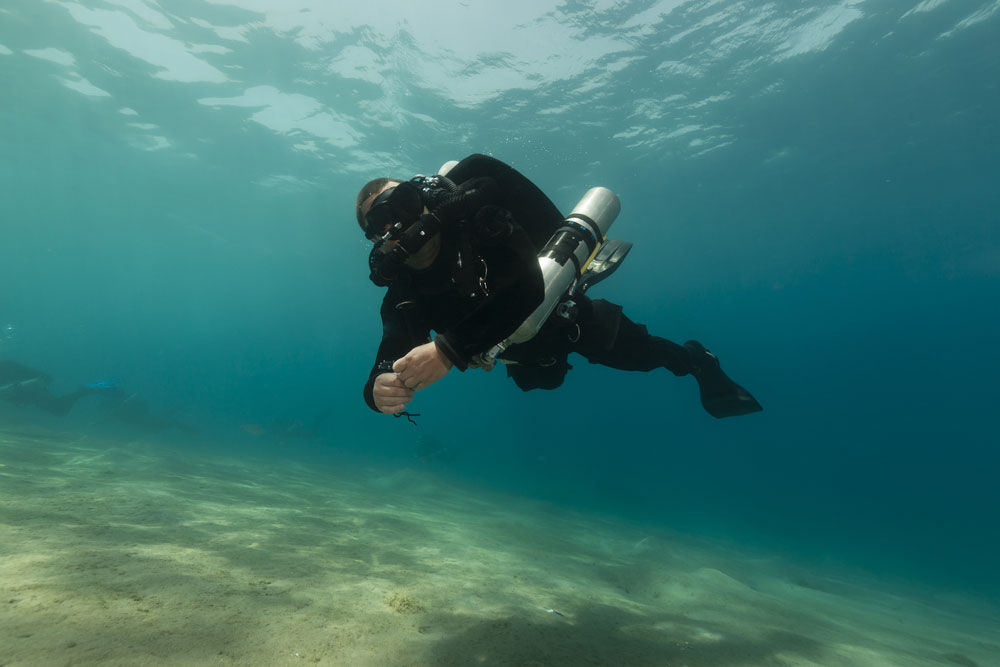A Rebreather is equipment which is used to absorb the carbon dioxide that is exhaled by a person using it, and transfer the unused oxygen back to the body. Rebreather can be used in under water surfaces. Earlier its use was restricted to professional divers, and military people, however, with the advent of newer technology, it has been claimed that this apparatus has become more user friendly, and thus can be used by common people. However, here are some pointers to remember while using the rebreather.
Positives and Negatives of using a Rebreather
Here are some of the advantages and disadvantages of the new age rebreathers, the open circuit one, which you must know before you plan to use it.
- The most important positive of a rebreather is its efficient use of gas. If you carry a small gas cylinder along with you it can last you somewhere between one to six hours under the water. The usage of the gas is almost independent of the depth you are in, in case of a rebreather.
- The more sophisticated apparatus you choose, the more likely they are to provide you an optimum mixture of gas. It continues to monitor the oxygen’s partial pressure in the gas you are breathing. It is possible that your PPO2 remains constant, even though you go deep down in the water. This means that you will inhale less nitrogen, and will be able to stay at the bottom with lesser chance of DCS.
- Another important advantage of the rebreathers is that fewer bubbles are exhausted in it, thus you have more silence, as you do not have to hear the sound of bubble exhaustion. The fish cannot hear them too. This is an advantage because this helps you go nearer to the fish and other marine lives, as they would not feel too alarmed by the sound of your presence.
- Rebreathers provide you with moist and warm gas, through a chemical reaction that takes place in your CO2 scrubber. Thus it does not chill you from within, and does not give you a weird sensation in the mouth.
- However, one of the major problems are, that the failure of rebreather can be so subtle that often it goes unnoticed, unlike the regulators with open circuits. This is quite dangerous, and can actually be fatal at times. You do not notice the failure because you keep on breathing in and out the same air. If the rebreather is malfunctioning, it is possible that the CO2 content in that air keep rising, while the O2 content steadily decrease. However, if you are able to detect the problem early, it is actually safer than a open circuit regulator.
- There are other considerations such as the weight of the apparatus which is not too less, and the cost, which can be high too. The maintenance cost is also quite high.
Thus, rebreathers can change the face of diving, but it may be too early to make an announcement on that at present.







